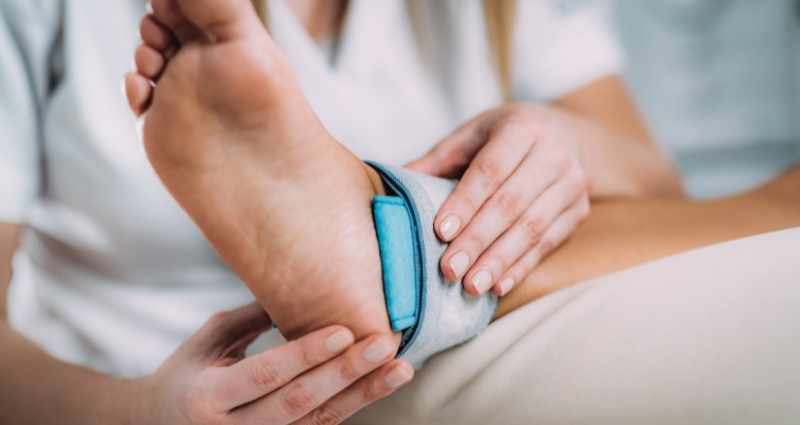By Connor Hulme, SPT
What is TENS & When Is A Good Time to Use It?
- Not to be confused with Neuromuscular Electrical Stimulation (NMES), this form of electrical stimulation (ES) is used for the purpose of pain control. Pain reduction from Transcutaneous Electrical Nerve Stimulation (TENS) occurs because of interference of pain transmission, which can be further explained by one of the three theories of pain control. This clinical application can be used as needed throughout the day for modulation of pain.
- NMES is another form of electrical stimulation which is used to improve muscle activation. This type of ES is typically used when re-learning to use a specific muscle in the attempt to increase muscular contraction.
Current Theories
- Gate control theory
- Pain transmission is inhibited at the spinal cord level
- Reduction in the pain signal being sent to the cortex of the brain results in decreased perception of pain
- Descending inhibition from brainstem
- Production of endogenous opiates
Three Levels of TENS & Corresponding Parameters
- Sensory à lower-level stimulation (functional, most tolerated)
- Motor à moderated level stimulation
- Noxious à higher-level stimulation (intense, least tolerated)
- Over the course of treatment, it is possible to become increasingly tolerant of electrical stimulation and can be progressed according to patient tolerance.
| Sensory Level TENS | |
|---|---|
| Amplitude | Sensory level just below motor threshold |
| Pulse duration | 2-50 us |
| Frequency | 50-100 pps |
| Sensation | "pins and needles" |
| Treatment time | As needed, continuous |
| Onset of pain relief | Rapid - minutes |
| Duration of pain relief | Short |
| Motor Level TENS | |
|---|---|
| Amplitude | motor level for tapping/twitching of muscle |
| Pulse duration | > 100us |
| Frequency | 2-4 pps |
| Sensation | "tapping" / "twitching" |
| Treatment time | 20-60 mins |
| Onset of pain relief | 25-45 mins |
| Duration of pain relief | long |
| Noxious Level TENS | |
|---|---|
| Amplitude | pain threshold or above |
| Pulse duration | > 200us |
| Frequency | > 50 pps |
| Sensation | Uncomfortable paresthesia |
| Treatment time | 10-30 mins |
| Onset of pain relief | immediate |
| Duration of pain relief | Short – 30 mins? |
Types of Electrical Stimulators
| Type of Electrical Stimulator | Advantages | Disadvantages |
|---|---|---|
| Portable | - Convenience - Ease of mobility - Functional - Pre-programmed modulation parameters | - Low ES output - Limited battery life |
| Clinical | - Multiple waveforms - Higher output of ES - Supports large treatment areas | - Only used in clinical setting - Immobility - Limited pre-programed parameters |
Electrode Placement
- Directly on the area of pain
- Over top of the peripheral nerve associated with the area of pain
- Over top of the dermatome associated with the area of pain
Contraindications to using TENS à TENS should not be used when….
- Presence of medical stimulators such as a cardiac pacemaker
- Covering the carotid body and or sinus
- Covering the vagus or phrenic nerves
- On damaged skin / open wounds
- On areas of the skin with diminished sensation
Transcutaneous Electrical Nerve Stimulation (TENS) may be a form of pain control available for your specific situation. Call (518) 289-5242 to schedule your appointment at one of our physical therapy clinics in the NY Capital Region.






